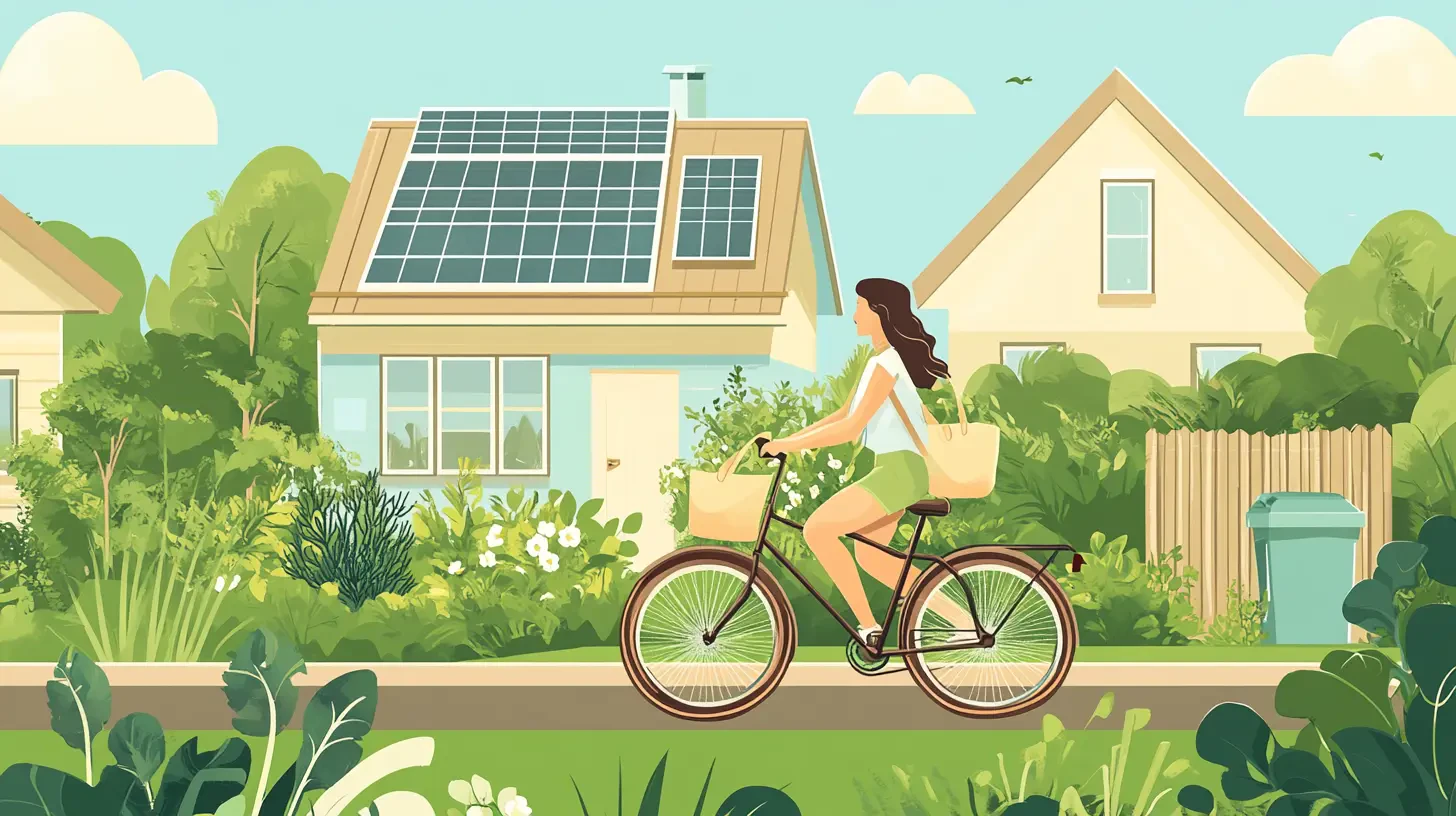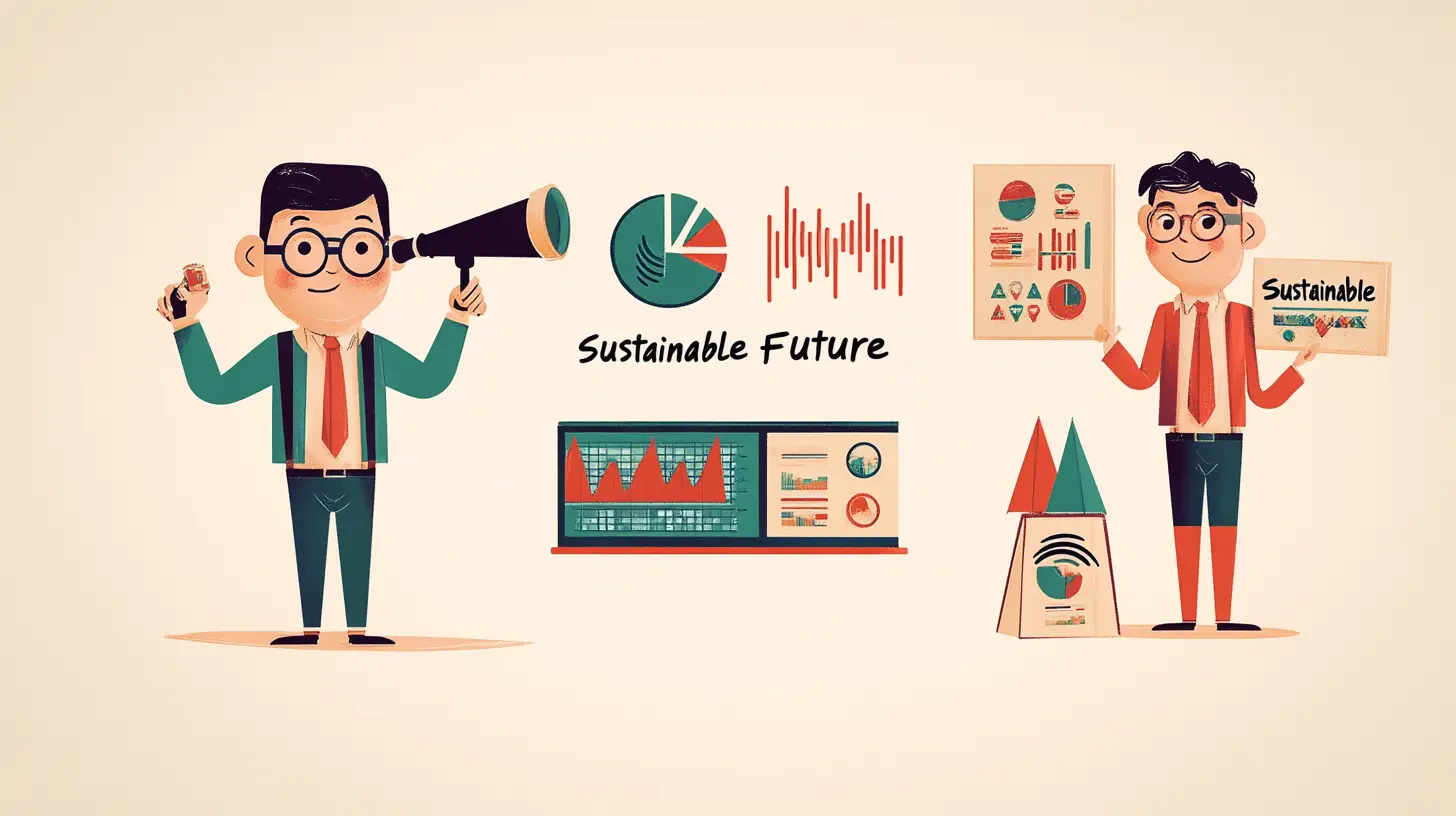Sustainability 101: Understanding “Sustainability” in 5 Minutes

Sustainability is a key concept aimed at creating a balance between economic, social, and environmental development in order to meet the needs of the present generation without compromising the future. This concept is promoted through the Sustainable Development Goals (SDGs) and is being integrated into the business sector, daily life, and national policies to build a sustainable and balanced future across all dimensions.
What is Sustainability?
Sustainability refers to the development and execution of activities in the present with consideration for their long-term impacts—economically, socially, and environmentally. The goal is to meet the needs of the current generation without depleting resources or causing negative effects that would compromise the ability of future generations to meet their own needs.
The significance of sustainability has grown considerably over the past several decades, as the world faces increasingly severe environmental challenges such as climate change, pollution, and biodiversity loss. Social and economic issues—including poverty, inequality, and resource scarcity—have also emerged as critical concerns that require sustainable solutions.
The origin of the concept of sustainability
The concept of sustainability has been developed and promoted globally through key international conferences and agreements, including:
- Brundtland Report (1987): This report marked the beginning of a widely accepted definition of sustainability, as presented by the World Commission on Environment and Development.
- Earth Summit in Rio de Janeiro (1992): This summit led to the adoption of Agenda 21, a comprehensive global plan for sustainable development.
- Millennium Development Goals (MDGs) (2000–2015): A set of eight goals aimed at tackling global poverty and promoting worldwide development.
- Sustainable Development Goals (SDGs) (2015–2030): Building on the MDGs, the SDGs outline 17 integrated goals encompassing economic, social, and environmental dimensions of development.
The application of sustainability principles in the business sector has gained increasing attention. Organizations are now placing more importance on operating in ways that consider environmental and social impacts alongside financial performance. The Sustainability Report has become a key tool for companies to disclose their sustainability-related activities and performance to stakeholders.
In Thailand, the Sufficiency Economy Philosophy introduced by His Majesty King Bhumibol Adulyadej has been widely recognized as aligning with the principles of sustainable development. It has served as a guiding framework for national development. Integrating sustainability into national policies and development plans is expected to help Thailand effectively achieve its sustainable development goals.
The 3 Pillars of Sustainability: Economy, Society, and Environment
The concept of sustainability is built on the foundation of three interconnected pillars, known as the "Three Pillars of Sustainability": economic, social, and environmental. These pillars are interrelated and influence one another.
- Economic Sustainability focus on fostering stable, sustainable economic growth with equitable distribution of benefits. This includes issues such as decent employment, poverty reduction, and the development of sustainable infrastructure.
- Social Sustainability emphasizes improving quality of life, reducing inequality, promoting gender equality, and ensuring equitable access to essential services such as education, healthcare, and food security.
- Environmental Sustainability centers on the conservation and restoration of natural resources, sustainable environmental management, mitigating climate change, and promoting sustainable production and consumption.
- Preserving natural resources for future generations
- Promoting social and community responsibility
- Encouraging a balanced and sustainable economic system
- Reducing negative environmental impacts, such as climate change and loss of biodiversity
The interconnection among these three pillars is crucial for achieving sustainable development. For example:
- A green economy (economic pillar) can create green jobs, which help alleviate poverty and improve people's quality of life (social pillar).
- Promoting quality education (social pillar) enhances workforce skills and economic productivity (economic pillar), while also raising environmental awareness (environmental pillar).
- Sustainable water resource management (environmental pillar) supports food and health security (social pillar) and bolsters agriculture and industry (economic pillar).
However, if there is a lack of balance among the three main pillars, it may lead to problems with widespread consequences.
- Focusing solely on economic growth while neglecting the environment can result in pollution, degradation of natural resources, and climate change—issues that ultimately harm both the economy and society.
- Industrial development without regard for social impacts may lead to labor rights violations, income inequality, and displacement of communities.
- Overly strict environmental conservation policies that overlook local economic needs may create conflicts between conservation goals and community development.
Striking a balance among the three pillars is a critical challenge in advancing sustainable development. It requires cooperation from all sectors of society—government, private sector, civil society, and citizens—to integrate sustainability principles into policies, programs, and practices at every level.
How to Apply Sustainability in Daily Life
Applying sustainability in everyday life is an important effort that everyone can take part in. It begins with managing personal resources efficiently and choosing products and services that are environmentally friendly.
Personal Resource Management
1. Water Conservation
- Turn off the tap immediately after use
- Regularly check for leaks in the plumbing system
- Use water-saving devices such as low-flow showerheads and faucets
2. Energy Efficiency
- Switch off lights and electrical appliances when not in use
- Opt for high-efficiency appliances, such as those with energy-saving labels
- Make use of natural light instead of artificial lighting whenever possible
3. Waste Management
- Separate waste by type, such as recyclables, organic waste, and general waste
- Reduce the use of single-use products
- Compost organic waste to make fertilizer
Choosing Sustainable Products and Services
- Support products designed with eco-friendly principles, such as biodegradable packaging
- Purchase refillable products to reduce packaging waste
- Use products made from recycled materials or containing recycled components
- Choose products manufactured with reduced greenhouse gas emissions
- Buy local products or those with traceable sources of raw materials
In addition, changes in daily behavior can further promote sustainability, such as:
- Reducing the use of private vehicles by using public transportation, walking, or cycling for short distances
- Planting trees or growing vegetables at home to increase green space and reduce reliance on external food sources
- Using cloth or reusable bags instead of plastic bags
- Supporting local shops and businesses that implement sustainability policies
Sustainability in Business
Sustainability in the business sector is becoming an increasingly important issue, with organizations paying more attention to it due to rising awareness among consumers and investors about environmental and social concerns. Businesses that can adapt and incorporate sustainability into their operations gain a competitive edge and earn greater acceptance in the market.
Key challenges in achieving sustainable business practices include:
- Adjusting production processes and supply chains to be environmentally friendly
- Striking a balance between business profitability and social and environmental responsibility
- Complying with increasingly stringent environmental regulations
- Building trust and transparency in sustainability efforts
Nevertheless, these challenges also present business opportunities, such as:
- Innovating environmentally friendly products and services
- Reaching customer segments that prioritize sustainability
- Reducing long-term production costs through efficient resource usage
- Attracting investors who value ESG (Environmental, Social, Governance) principles
A well-executed environmentally conscious branding strategy is essential for gaining a competitive advantage. Key approaches include:
- Green Business from the Inside Out: Begin by understanding the brand’s identity and setting clear sustainability goals. This also includes designing logos and packaging that reflect the brand’s green credentials.
- Elevating to Green Marketing: Promote the sustainability value of products and services through creative and effective marketing initiatives.
- Creating Brand Differentiation: Communicate the brand’s commitment to environmental and social responsibility. Examples include using alternative materials in furniture production or environmentally friendly packaging for food and beverages.
- Embedding Environmental Values in the Organization: Foster awareness and employee participation in sustainability initiatives across the company.
- Maintaining Long-Term Standards: Demonstrate a lasting commitment to sustainability, beyond temporary image-building campaigns.
The Future of Sustainability
The future of sustainability is evolving rapidly, with society increasingly expecting a balanced approach to economic growth, social equity, and environmental stewardship. Key trends driving sustainability forward include:
- The Growth of Renewable Energy: Solar energy is set to experience exponential growth, as high-efficiency solar panels and innovative installation methods become mainstream.
- The Rise of Sustainability-Related Jobs: Organizations will expand their sustainability teams, reflecting a growing commitment to addressing environmental challenges and building a sustainable future.
- Integration of Sustainability into Business Strategy: Sustainability will become a core component of business strategy, influencing decision-making, product development, and corporate culture.
- The Advancement of Green Technology: Green technological innovations will play a crucial role in driving Net Zero Emissions goals—particularly in areas such as renewable energy generation, energy efficiency, and the development of green buildings.
- Government Adaptation to the Next Normal: Public sector services will need to become more flexible and increasingly digitized, with processes such as applications and permit requests being conducted through mobile platforms.
In the Next Normal, the public will take on a more active role in promoting sustainability by adopting environmentally conscious lifestyles and consumption patterns—such as using renewable energy at home, supporting sustainable goods and services, and participating in natural resource conservation.
Governments will play a key role in fostering an environment conducive to sustainable development. This includes setting policies and incentives to encourage investment in green technologies, promoting sustainability-focused research and innovation, and building partnerships between the public sector, private companies, and civil society to advance sustainable development goals.
These transformations will help establish a balance between economic development, environmental preservation, and improved quality of life—core principles at the heart of future sustainable development.
About Optiwise
Optiwise offers Investor Relations & ESG consulting services, corporate website design, and IR website development. We also provide advisory services for initial public offerings (IPOs) and assists in preparing disclosure documents for public companies. Additionally, our public relations efforts aim to build credibility and enhance the corporate image.
For more information about Optiwise's services, please contact us here.


